Here's what I hope is an interesting and fun example of colonial stovework for people to check out. I have a whole bunch of questions, and I'm optimistic someone will be interested enough to endure my descriptions and offer some thoughts and feedback :)
My wife and I have recently purchased a home in New Hampshire that was built in 1742. One of the most intriguing features is a massive brick edifice that is built into the kitchen and which contains a brick oven and what appears to be two other locations for either cooking or heating surfaces. As both my wife and I love to cook, we want to fully understand what we have here and what we need to do to bring it into full working condition.
I've attached an image (click for a larger version) that shows multiple views and close-ups of the features. I've labeled the features for ease of discussion, and I'll supply as best I can a full description of them.
{{gwi:1521357}}
A. The Brick Oven: this appears to be in perfect condition. Behind the cast iron door is a cavernous dome-ceilinged over that is at least 4 feet deep. The door is in great shape, the oven is clean, and as far as I can tell nothing needs to be done here.
B. Directly below the brick oven is a solid cast iron door. Opening the door reveals a plain rectangular cutout in the brick face that opens into a square vertical chimney shaft. I have not yet stuck my head in to look up or down the shaft. I'm not sure what the function of this door is - it doesn't seem to be ash cleaning, as there's no flat surface anywhere for debris to collect. This would also preclude building any fire there either. The door itself is in good shape except for one corner which is broken off. We have the broken piece - but it doesn't affect the functionality of the door at all.
C. A large (24.5" diameter) round cutout on the flat top of the construct. There is a slight chamfer/taper at the edge of the brick circumference, so I'm wondering if this was sized for a large pot that would be used to heat water. There is a fairly rough cutout in the face of the adjacent wall that is one brick width thick - maybe added after the fact to allow the pot to be removed and replaced easily? It's hard to see in the photo so I added black rectangles to indicate where there is a channel in the brick that connects this recess through to the chimney. A close-up of this feature is shown in Image 5.
D. This appears to be a wood-loading cutout to allow a fire heating feature C to be fed and maintained. A close-up of this feature can be seen in Image 6. There is no door to this cutout, though. It provides easy access to a rectangular slot at the bottom of the cavity (which can be seen in Image 5).
E. This appears to be a woodstove pipe connection into the chimney. It is closed off at the moment, but appears fully functional.
F. This feature (shown in close-up in Image 8) is a 14" x 21.5" rectangular cutout on the top surface. Unlike the round cutout C, there is no exhaust channel leading out of the cavity, which leads me to believe it housed a cover (cast iron flat cooking surface, perhaps?) that vented out via a chimney to the connection E.
G. Another rectangular cutout (shown in Image 7) similar to D is located beneath feature F. This likewise appears to be feed door for adding wood to a fire.
H. Lastly - and this is primarily informational - the opposite side of the whole thing houses a brick fireplace, which can be seen in the inset Image 4. Presumably all of the chimney lines (B, the channel in C, and E) connect into this main chimney. On the second floor is the master bedroom, which as a small brick fireplace undoubtedly sharing the same chimney as well.
We recently had the inspections completed, and confirmed that all of the chimneys have recently be relined and are in pristine condition. I also grew up with woodstoves and have been heating with them through New England winters for my entire adult life, so the prospect of maintaining some good cooking/heating fires isn't frightening me off. So this is all good.
But now what do we do? It's challenging for a neophyte to this sort of old construction to identify what is needed to get everything up and running, or even to feel confident that we have figured everything out. Here are some questions (in no particular order):
1. Do I have anything grossly wrong in my descriptions above, or my conclusions about the function and use of each element?
2. Feel free to correct/educate me on my terminology! I have no doubt I'm sounding like a fool with the names I'm using for the various features - luckily it's comfortable territory for me :)
3. What is the purpose of the door B?
4. Are there supposed to be cast iron doors, akin to the one on the brick oven A or the access port B, on the feed boxes D and G? It seems to me that you'd want something like that - or am I off base on that?
5. In the view shown in Image 5, what is the purpose of the rectangular cutout at the bottom of the cavity? Would that contain the actual fire, and the pot is large enough it would rest just above it? Now that I'm looking at it that seems reasonable - it appears that there are square corner blocks that would allow smoke and heat to escape from the channel through angled chamfers in the bottom. That would make for one huge pot though. Where does one go to find/commission such a thing? Could we alternatively commission a large cast iron deep skillet to provide a flat cooking surface?
- Can anybody point me to a reference to describe the piece that would sit on F and connect to E? As before, where does one go to find/commission such a thing?
7. What should I be asking that I'm not, and don't realize I should be thinking about?
8. Can anybody point me to some good references or resource material? I've been eyeing David Lyle's "The Book of Masonry Stoves: Rediscovering an Old Way of Warming" and would love some feedback as to if that might suit my needs. Also, online references, liks, or images are happily accepted!
Okay, I think that's enough (and quite probably too much!) for now. Any help or insight that anybody could provide would be GREATLY appreciated. Let me know if any more information is needed and I'll be happy to measure, examine, or probe to find out. Thanks! - Sean
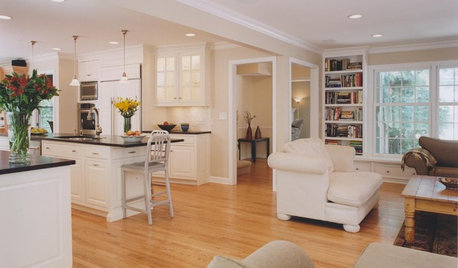

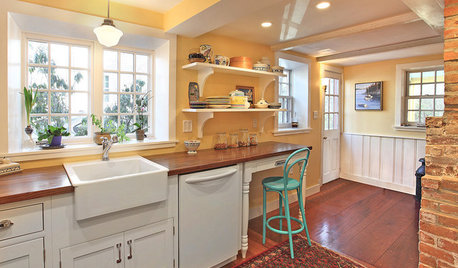
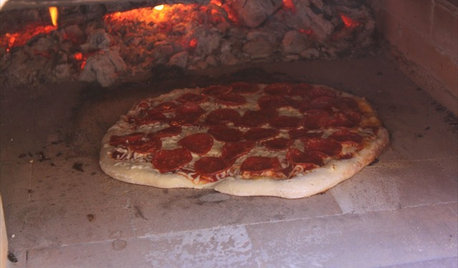

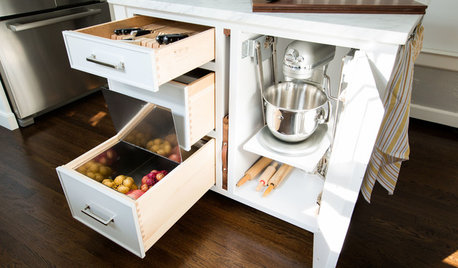
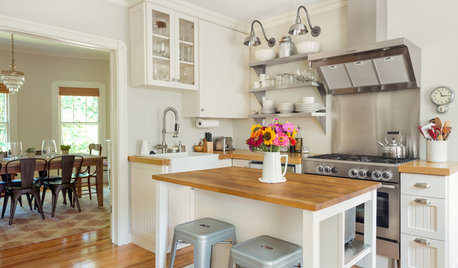
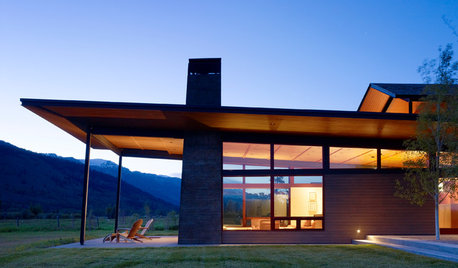

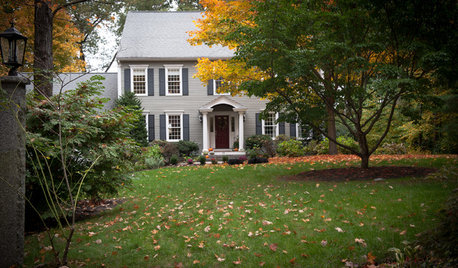






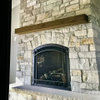
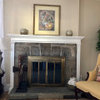

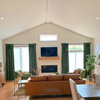
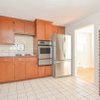
sullis3Original Author
mainegrower
Related Professionals
Farmington Fireplaces · Graham Fireplaces · Boise Interior Designers & Decorators · Hainesport General Contractors · Salem General Contractors · Kailua Kona General Contractors · Maple Heights General Contractors · Midlothian General Contractors · Norristown General Contractors · Phenix City General Contractors · San Carlos Park General Contractors · Sterling General Contractors · Wright General Contractors · Saint Petersburg Lighting · University Lightingmomo7